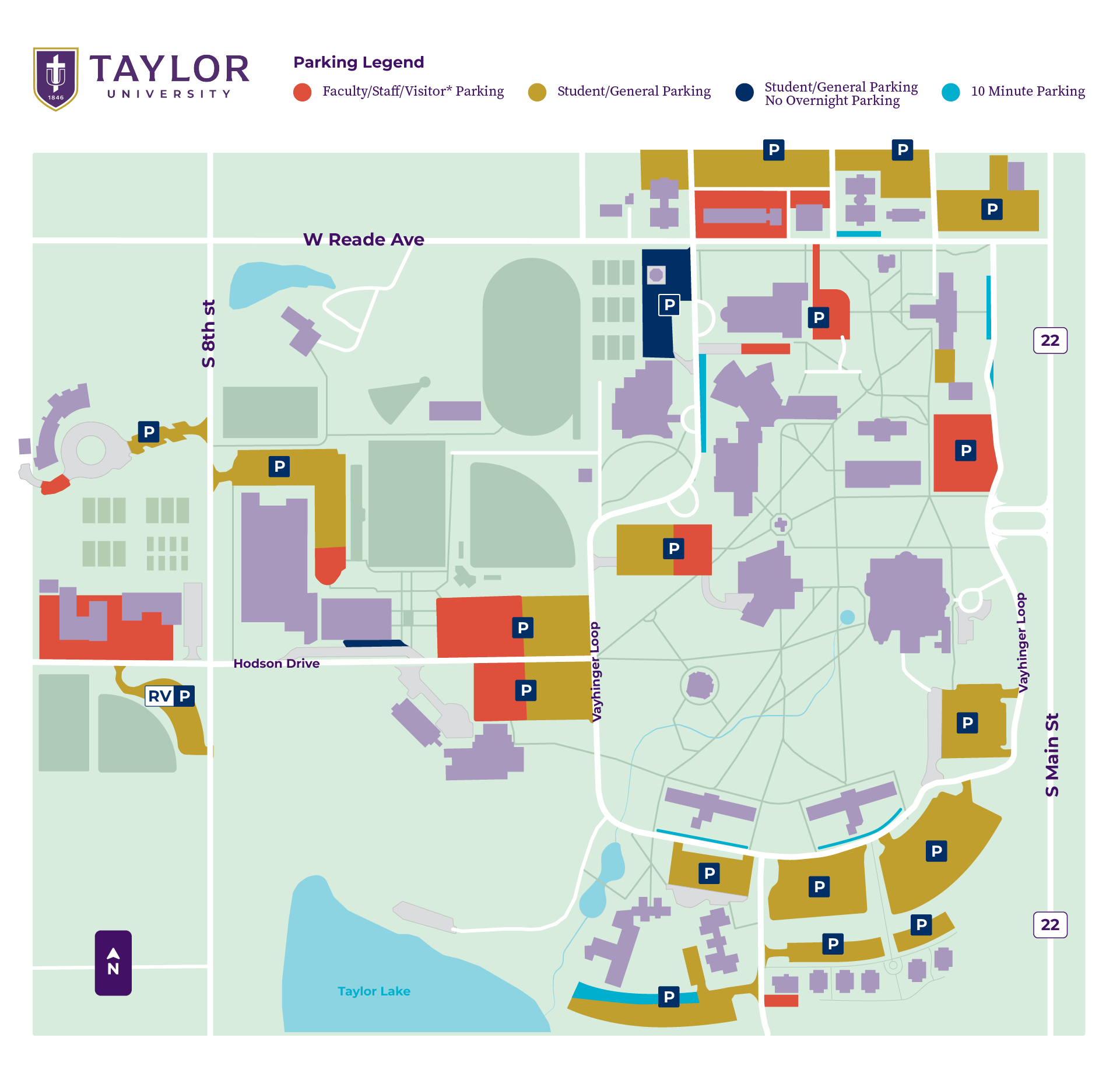Active Shooter Safety Training
Taylor is often referred to as a “bubble,” but we can’t pretend that we’re immune from tragedy. Although extremely rare, active shooter situations have occurred on college campuses. These events can be unpredictable, chaotic, and often over before law enforcement arrives. In this short training video, you’ll learn what you can do to protect yourself and others around you in the unlikely event of this happening.
Tornado Disaster Plan
Statistics indicate that the State of Indiana is fifth nationally in the number of tornadoes experienced each year, based on land area percentages. Statistically, the State of Indiana is second in the number of casualties per square mile. The highest frequency of tornadoes in Indiana occurs in April with June a close second. Due to these facts plus our own concern for the general welfare of the Taylor community, the following tornado disaster procedures have been developed. It should be noted that public schools and parochial schools that are commissioned have been required to prepare such a plan pursuant to Rule G-3, Section 18, as revised and adopted by the commission on General Education, July 16, 1974. (NOTE: The National Weather Service provides severe weather announcements and updates.)
When Grant County is under a Tornado Warning or a Severe Thunderstorm Warning, the sirens at the Fire Department in Upland (and other surrounding communities) are activated. At Taylor, the campus siren is only activated during a Tornado Warning. Please see this video to learn the differences between the sirens.
Definitions
Tornado Watch
A tornado watch indicates that weather conditions are such that a tornado could form. Normal activities may be continued, but you should “watch” for tornadoes.
Tornado Warning
A tornado warning indicates that a tornado has actually been sighted and that all persons should seek appropriate shelter.
Equipment
- One siren (on top of the Reade Center)
- One mobile public address system (Campus Police)
- Emergency lighting installed in the Science Center and the Dining Commons kitchen area and residence halls where none exist
- Tornado shelter signs
Falling and flying debris causes most injuries and deaths during a tornado. Although there is no completely safe place during a tornado, some locations are much safer than others. Please familiarize yourself with the Taylor University Building Shelter Areas.
Other general shelter guidelines according to the CDC:
- Go to the basement or an inside room without windows on the lowest floor (bathroom, closet, center hallway).
- If possible, avoid sheltering in any room with windows.
- For added protection get under something sturdy (a heavy table or workbench). Cover your body with a blanket, sleeping bag or mattress.
- Protect your head with anything available.
- Do not stay in a mobile home.
- If you are outside or in a mobile home, find a nearby building, preferably with a basement. If you are in a car, do not try to outrun a tornado, but instead find the nearest sturdy building.
No one can know a tornado’s strength before it touches down, so keep up with local weather information, especially when thunderstorms are forecasted. Prepare your home and family for the possibility of a tornado. Moving to a shelter quickly is easier when everyone knows where to go, whether in your home or outdoors. Following these tips will give you the best chance for staying safe.
Emergency Text Alert System
The Emergency Text Alert System is used to immediately notify students and employees of impending life-threatening or life-altering situations. The system, named TU Alert, can send text messages to call phones and email messages to Taylor student and employee accounts. Faculty, Staff and Students, sign up for TUAlert here and click “Contact Login.”


